Mastering the Basics: A Comprehensive Guide to Protein Shakes
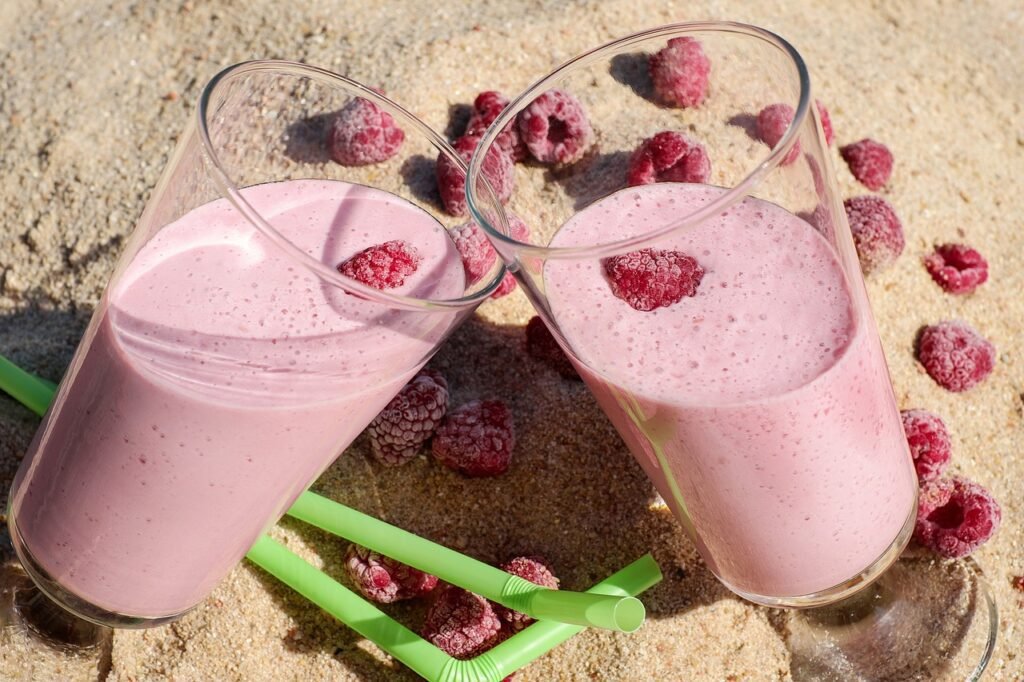

Protein shakes have become a everywhere presence in the fitness and nutrition landscape, offering a convenient and efficient way to boost protein intake.
Whether you’re an fanatical gym-goer, an athlete, or simply looking to enhance your overall nutrition, understanding the nuances of protein shakes is key.
This comprehensive guide covers everything you need to know about protein shakes, from their benefits and types to when and how to consume them into your routine.
Related: How much protein do I need?
Benefits of Protein Shakes:
- Muscle Repair and Growth:
For body builders, this is for you 🏋🏻
Protein is essential for repairing and building muscle tissue. Protein shakes provide a concentrated source of this vital nutrient, making them an excellent post-workout option to support muscle recovery and growth. - Convenience:
One of the primary advantages of protein shakes is their convenience. In our fast-paced lives, having a quick and portable source of protein can be a game-changer, especially when time is of the essence. - Weight Management:
Isn’t this great for those who want to lose weight? 🤸🏼
Protein drinks can contribute to feelings of satiety, potentially aiding in weight management by reducing overall calorie intake. They can be a satisfying and low-calorie option for those looking to curb hunger.


Types of Protein Shakes:
- Whey Protein:
Derived from milk, whey protein is a fast-digesting and complete protein, meaning it contains all essential amino acids. It’s a popular choice for post-workout shakes. - Casein Protein:
Also derived from milk, casein is a slow-digesting protein. It provides a steady release of amino acids over a more extended period, making it suitable for a nighttime shake or between meals. - Plant-Based Proteins:
Ideal for those following a vegetarian or vegan diet, plant-based protein shakes often contain sources like pea protein, rice protein, or hemp protein. - Soy Protein:
Another plant-based option, soy protein is a complete protein and a suitable alternative for those with dairy allergies or dietary restrictions. - Egg White Protein:
Extracted from egg whites, this protein source is low in fat and carbohydrates, making it a lean option for shakes.
Related: Best Vegan Protein Sources
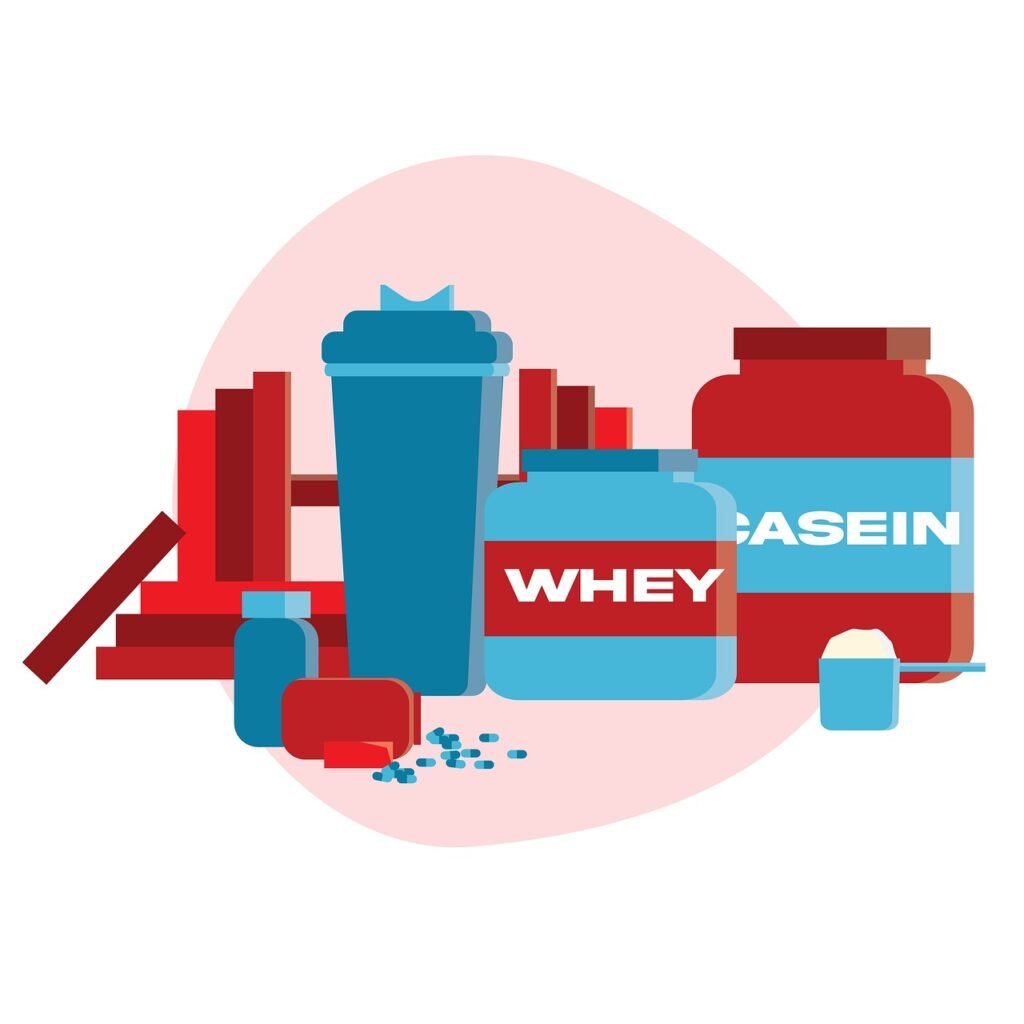

When to Consume Protein Shakes:
- Post-Workout:
If you ask “Should I drink protein shakes before or after workout?” , this is the answer;
Consuming a protein shake within the first 30 minutes to an hour after a workout can help replenish glycogen stores and kickstart the muscle recovery process. - Meal Replacement:
Protein shakes can serve as a convenient and nutritionally balanced meal replacement, particularly for individuals on the go or those trying to manage their weight. - Between Meals:
Enjoying a protein shake as a snack between meals can help maintain a steady supply of amino acids, keeping you satisfied and supporting muscle maintenance.
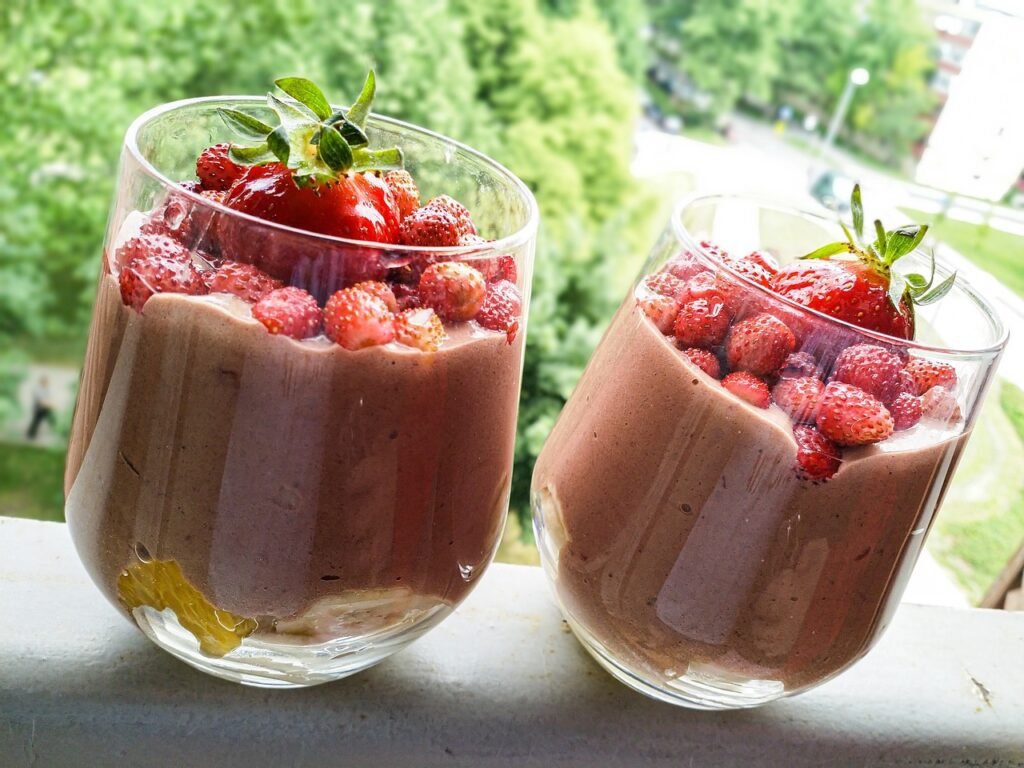

How to Make Your Protein Shake:
- Choose Your Protein:
Select a protein powder that aligns with your dietary preferences and goals. Experiment with flavours to find one you enjoy. It would be good to know how much protein you need. This article can help you. - Liquid Base:
Common choices include water, milk, almond milk, or yogurt. The liquid you choose can impact the shake’s taste and consistency. - Additions for Flavour and Nutrition:
Enhance your shake with ingredients like fruits, nut butter, spinach, or Greek yogurt for added flavour, texture, and nutritional benefits.
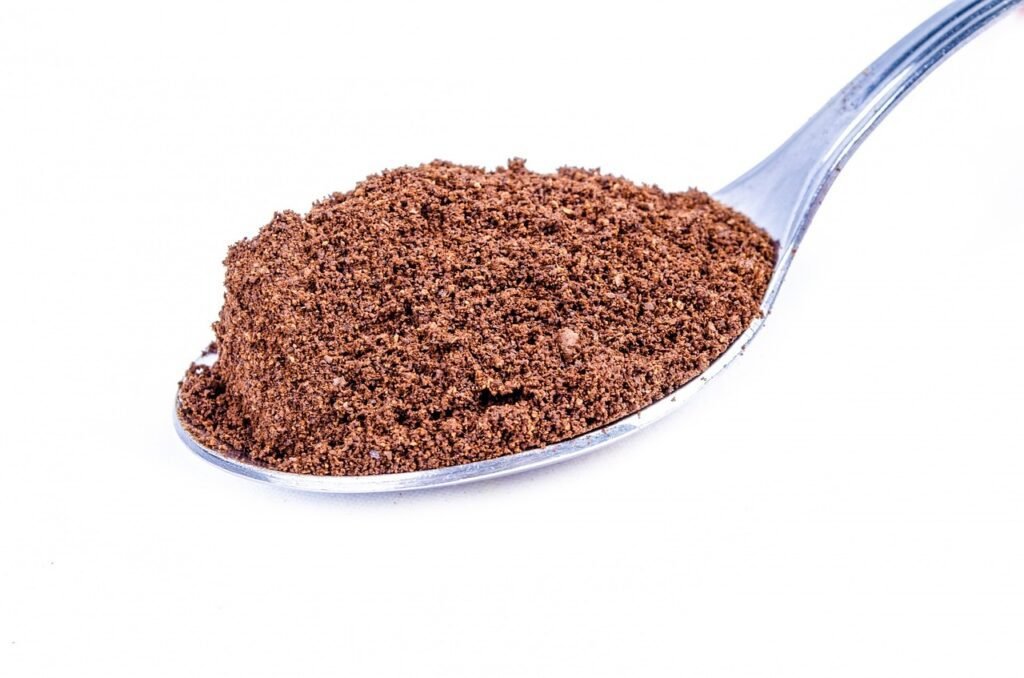

Common Mistakes to Avoid:
- Ignoring Individual Needs:
The ideal protein intake varies based on factors such as age, weight, activity level, and fitness goals. Tailor your protein shake consumption to your specific needs. - Excessive Caloric Additions:
While it’s tempting to load your shake with various ingredients, be mindful of the overall calorie content, especially if weight management is a goal. - Neglecting Whole Foods:
While they are a convenient source, they should not replace whole, nutrient-dense foods in your diet. Strive for a balanced approach.
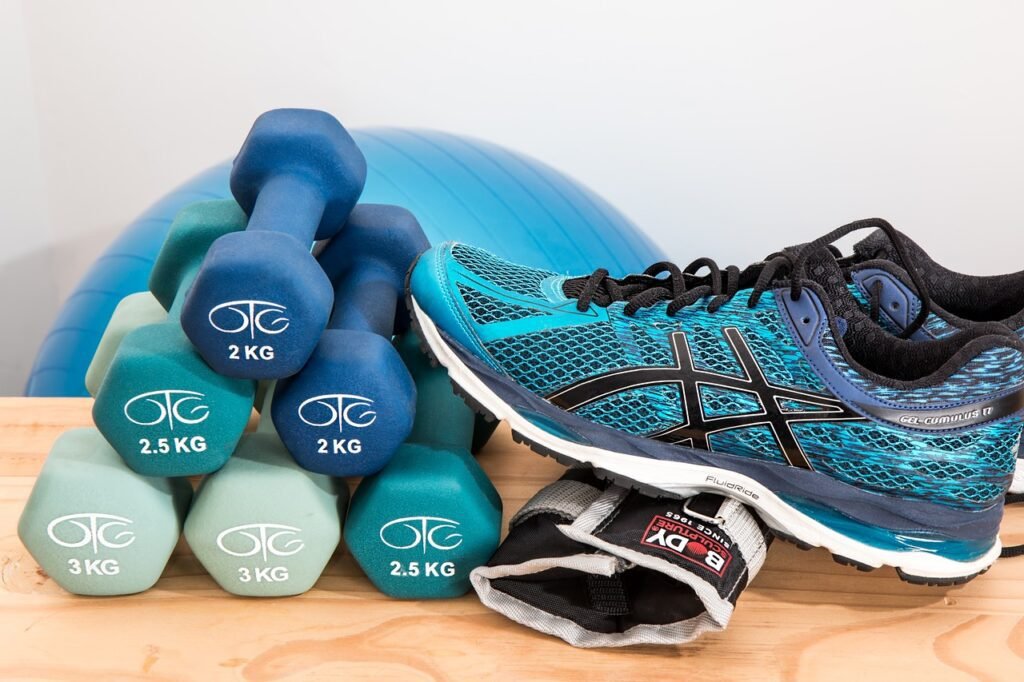

Protein shakes can be a valuable addition to your nutritional toolkit, offering a convenient and effective means of meeting your protein requirements. By understanding the benefits, choosing the right type of protein, and incorporating drink strategically into your routine, you can optimise their impact on your fitness and overall well-being.
So, shake it up, enjoy the gains, and let the protein party begin! 💪🥤✨
